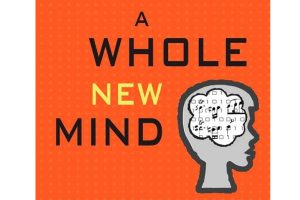
Higher education institutions occasionally turn to Elliance to revitalize their identity. Motivations vary: some want to shed an old skin and put on a new one, while others aim to sharpen their focus and distance themselves from their competitors; some simply seek to modernize their image to align with evolving market trends, and a few […]




